Visibility in films is important. In a world where culture is greatly influenced by films and television, it is great to find validation of who you are and where you come from in films.
For people who deal with mental illness on a daily basis, however, that visibility is often less than ideal and can be outright dangerous. Mentally ill people are often portrayed as murderous, delusional villains in horror movies, or are grossly misrepresented in films, shows, and other media. For this list of films that depict mental illness, we tried to find films that were engaging, at least somewhat realistic in their approach to presenting the experience of mental illness, and did not demonize or negatively portray (without reason) those who have mental illnesses.
There are quite a lot of spoilers in this list, so beware!
Read on to learn about 21 Great Films that Depict Mental Illness.
21. GIRL, INTERRUPTED (1999)
Girl, Interrupted is a classic 1999 drama film directed by James Mangold and Jonathan Kahn. The films stars Winona Ryder and Angelina Jolie as two young women who have been admitted to a mental hospital in the late sixties.
The two characters differ wildly. Susanna (Ryder) attempts to mix alcohol with pills and nearly kills herself. Throughout the film, it is up in the air if Susanna is actually suffering from a mental illness or is just dealing poorly with her family life and future. Even Susanna questions this at the end of the film. Lisa (Jolie) is a chronic resident at the hospital and has escaped many times. She is considered a sociopath with manipulative and rebellious tendencies. Lisa may seem like she was painted in a terrible light, but it was not without its purpose. Lisa chooses to avoid getting help for her condition, and in turn becomes responsible for her own life falling apart. On several occasions in the film, it becomes clear that Lisa is a good but frightened person who is just lost in her illness.
20. I’M A CYBORG, BUT THAT’S OK (2006)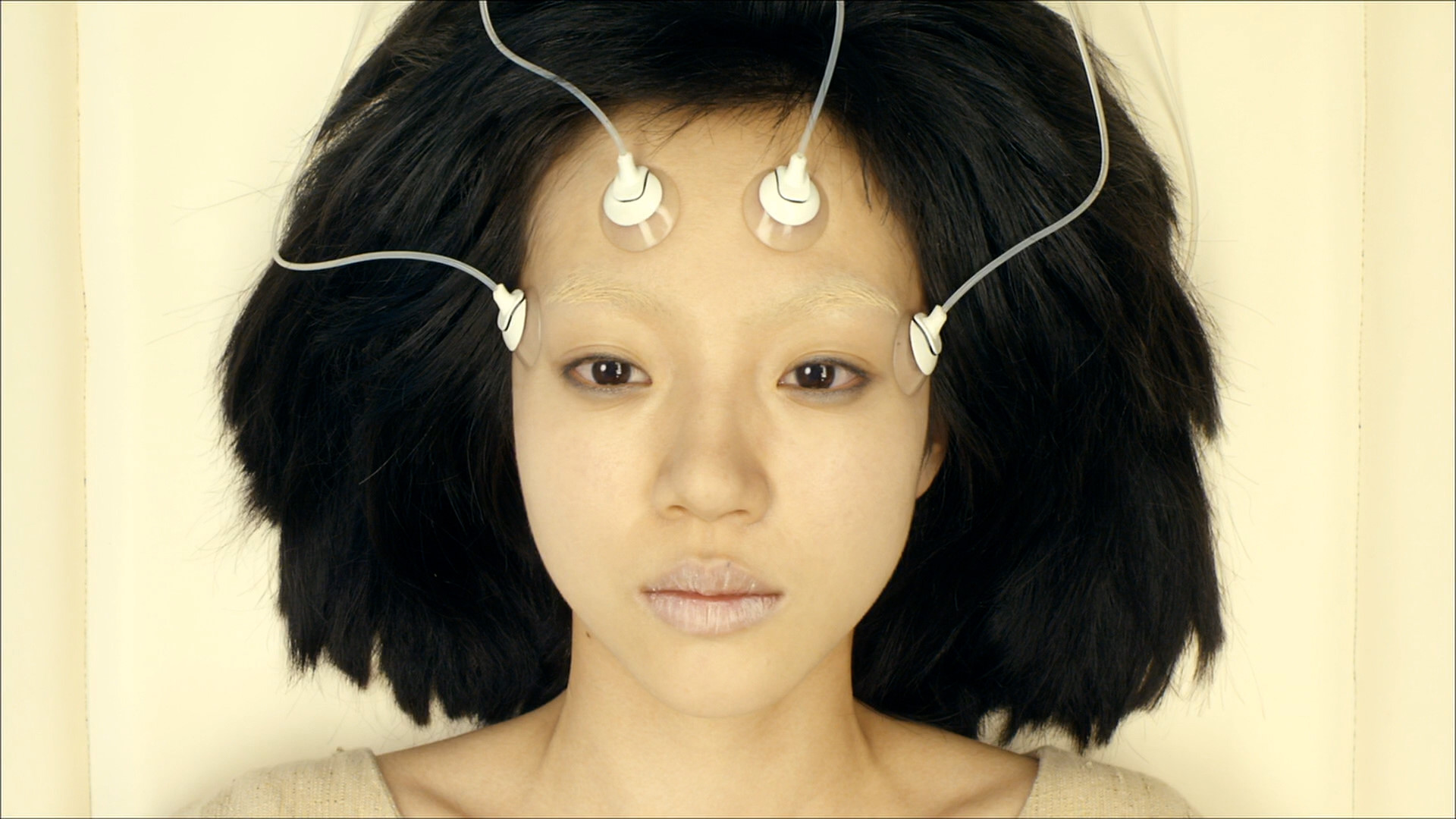
Park Chan-wook, director of popular Korean films such as Lady Vengeance and Oldboy, went in a very different and less dark direction for the 2006 film I’m A Cyborg, But That’s OK. This romantic comedy follows the story of Young-Goon, a young woman who is convinced that she is a cyborg. She is admitted by her mother to a psychiatric hospital after slashing her wrist in an attempt to plug wires into her body. She then refuses to eat human food because she believes she runs on batteries.
In I’m A Cyborg, But That’s OK, we see many interesting characters who are suffering from various psychological problems, including Young-Goon’s eventual love interest, Il-Sun. A lot of past trauma is revealed in the lives of the characters as the source of their illnesses, and the idea of mental illness being hereditary for some people is also brought up. This film is great because the nurses and doctors aren’t the saviors of Young-Goon. Instead, it is Il-Sun who convinces Young-Goon to eat. It is very refreshing to see such a sweet portrayal of people with mental illnesses fall in love and help each other survive.
19. MELANCHOLIA (2011)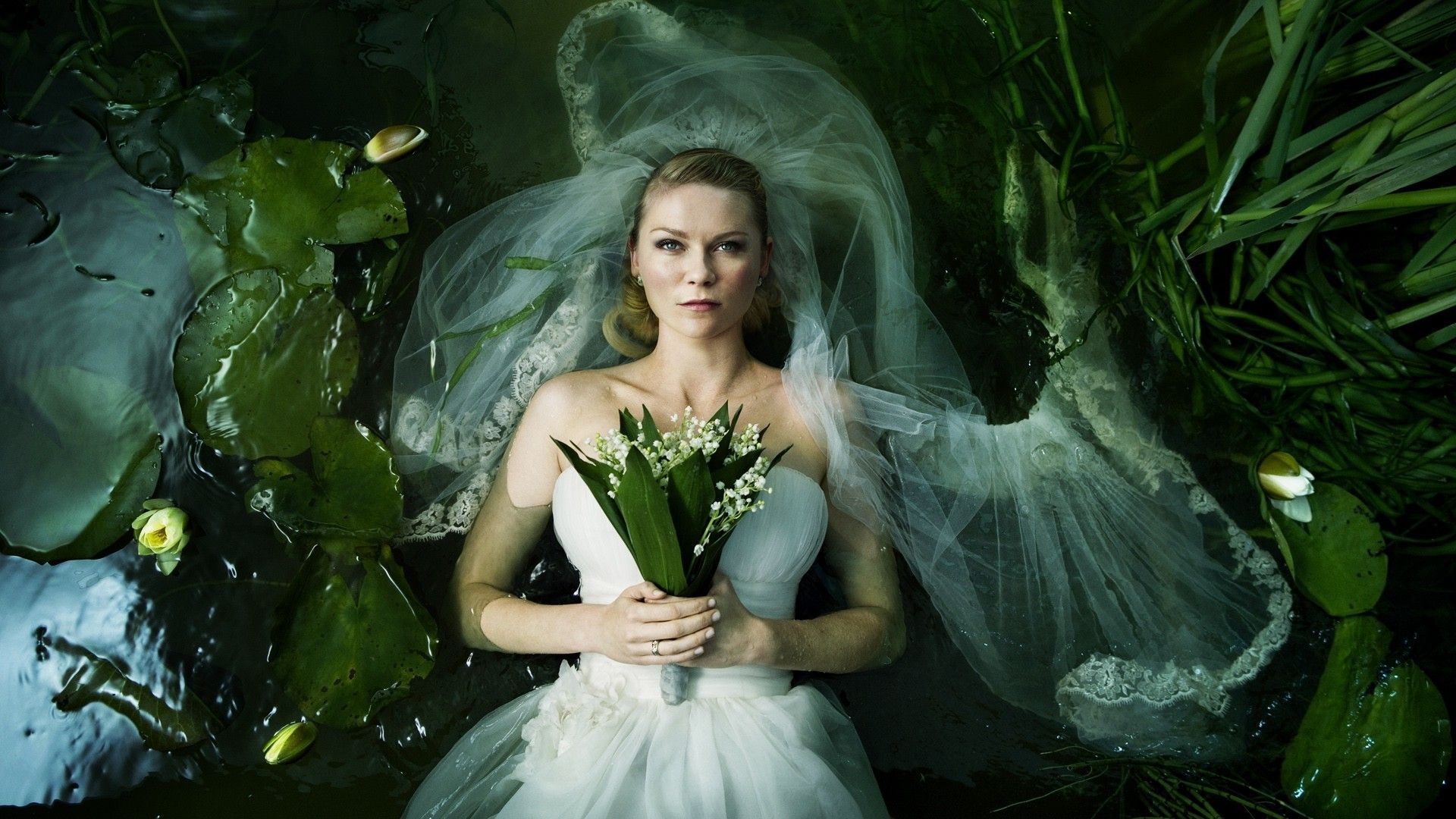
Melancholia paints a very realistic picture of how depressed people face adversity or disaster with a sense of peacefulness. For those suffering from depression, the world has fallen apart every day and is put back together the next day.
In the film, Justine sabotages her wedding night and soon after descends into an almost catatonic depression in which she cannot bathe or eat without tasting ash. Each member of her very dysfunctional family represents some ugly trait of humanity, all likely contributing to Justine’s numbness and mental state. When a rogue gas giant enters the solar system and threatens to collide with Earth, everyone around Justine descends into panic while Justine seems to awaken from her depression with a sense of wisdom and acceptance.
Melancholia is widely considered a masterpiece for its engaging story and beautiful cinematography.
18. BLACK SWAN (2010)
Black Swan has many themes outside of mental illness, but putting in the spotlight the problem of eating disorders in the dance world that still persists today was intentional, even if it was a very small part of the film. Eating disorders have been a serious problem through history and has come to a peak in the last few decades. Anorexia nervosa, one of the most common eating disorders, is considered to be the most deadly mental illness today.
17. THE MACHINIST (2004)
Trevor’s insomnia causes a number of problems for him. Because of his lack of sleep, he is incredibly emaciated. He begins to hallucinate a man at his machinist job, and is distracted by the hallucination when a coworker becomes trapped in a machine and loses his arm. Trevor is blamed for this accident and is further alienated by his coworkers. He descends into paranoia and lashes out at the people he cares about and hallucinates more characters and events throughout the film. It is eventually revealed that a guilty act on Trevor’s part is what induced his year-long insomnia and once he confronts this he is finally able to sleep. Unfortunately, for the one tenth of American adults who suffer from chronic insomnia, confronting a guilty act won’t cure them of their illness.
16. THEY LOOK LIKE PEOPLE (2015)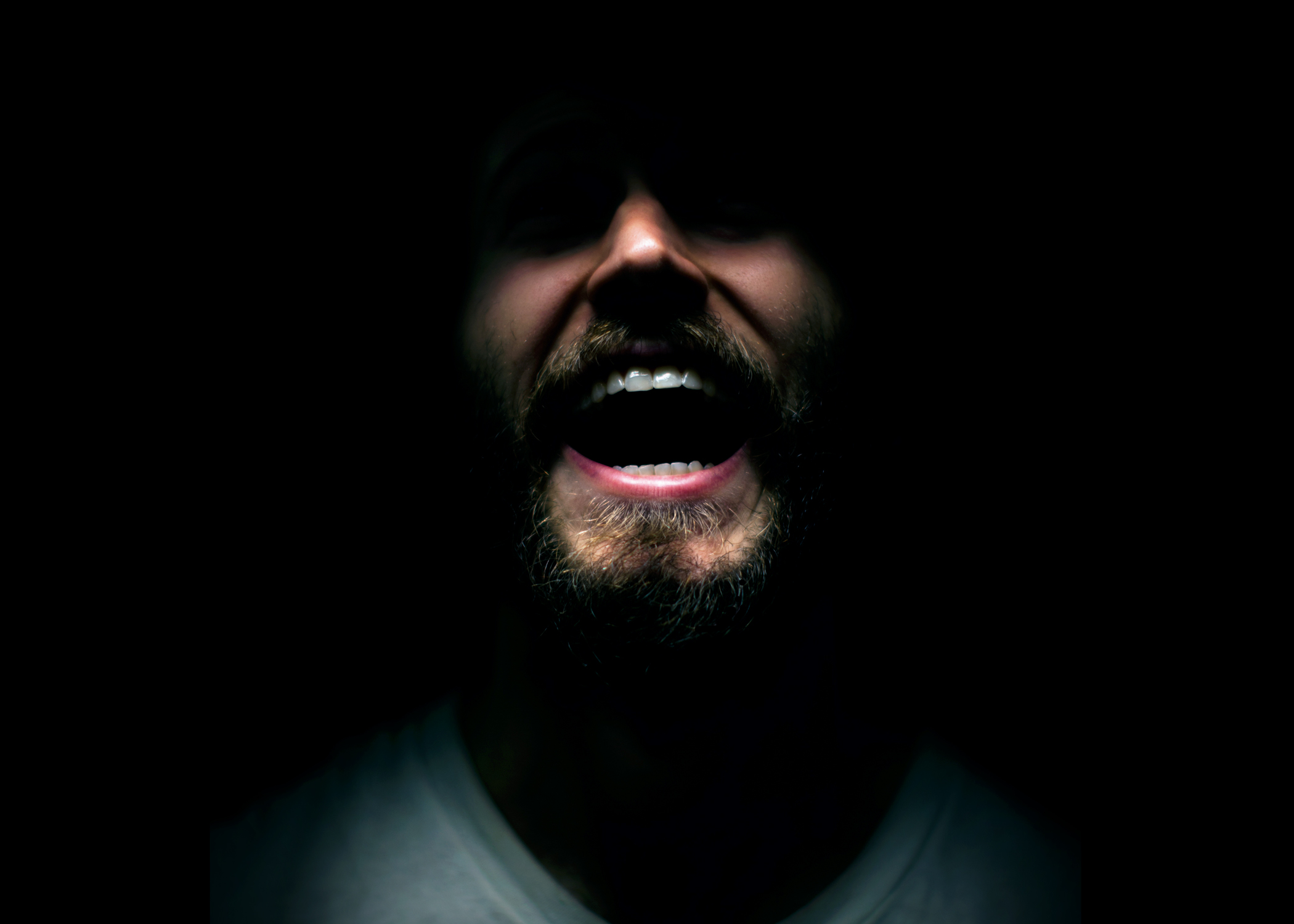
In the film, old pals Wyatt and Christian reunite in New York City and stay at Christian’s flat for the duration of the visit. Both men have endured hardship recently. Wyatt broke off his engagement with his fiancee and has become withdrawn and unstable, while Christian has lost his girlfriend and has resorted to aggressive bodybuilding and a macho attitude in order to deal with his insecurities. What ensues is Wyatt’s descent into what appears to be schizophrenia and his increasing hallucinations make him distrustful of everyone around him, including Christian.
While the film does portray Wyatt, its mentally ill character, as violent at moments, the friendship between Wyatt and Christian is endearing and full of a trust that many people suffering from schizophrenia unfortunately do not have.
15. A BEAUTIFUL MIND (2001)
A Beautiful Mind is an accurate take on the mental illness for many reasons. John Nash’s character is relatable. He is not depicted as a monster, as those with paranoid schizophrenia often are. He is an awkward, sweet, and very smart man who is forced to watch his relationships crumble and the people he loves get hurt as a result of a mental illness he cannot control. The focus of the film is not entirely on how hard it is for families of mentally ill people, though. The film provides an internal and honest interpretation of John’s feeling and suffering and is sympathetic towards him.
The ending of A Beautiful Mind is quite inspiring. There is unfortunately no cure for schizophrenia, and John continues to deal with his hallucinations while living his life as best he can.
14. LARS AND THE REAL GIRL (2007)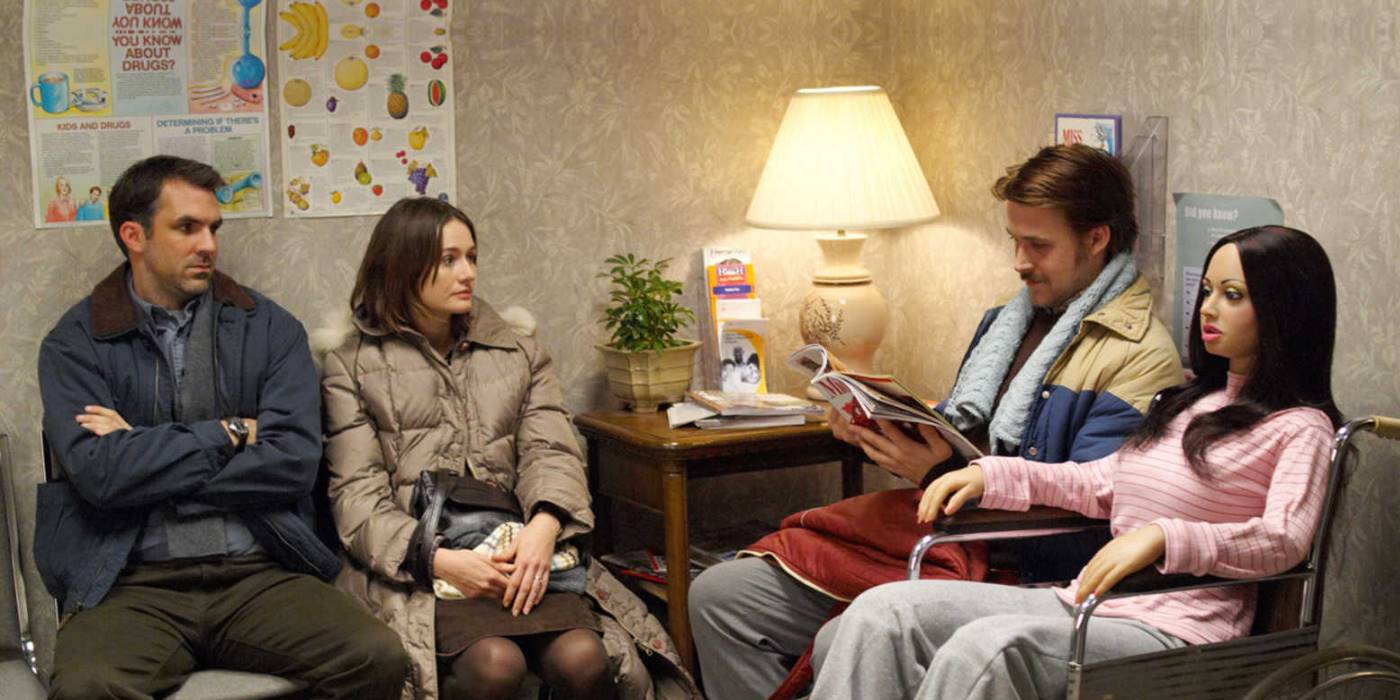
Lars’ story is another great film that showcases how important a community and family is when it comes to recovering from a mental illness or nervous breakdown. Lars is a young man whose mother died when he was an infant and had a distant father, who died at the beginning at the film, as well as a brother, who skipped town as soon as he was old enough. Lars has a fear of intimacy and investment in other people, stemming from a very valid fear of abandonment. His relationship with Bianca is definitely a coping mechanism for that, and the way that his psychologist and the entire town band together to validate his belief in Bianca is touching. Using Bianca, he built relationships with other people and engaged in human interaction, which led to him no longer need Bianca.
13. BENNY & JOON (1993)
Joon is widely considered to be schizophrenic. In the film, Benny says that Joon often hears voices and is very sensitive to noise. Benny & Joon was very refreshing because it showed a mentally ill person in a romantic relationship. People with developmental disabilities and/or mental illnesses are often considered incapable of being in a healthy romantic relationship. Even Joon’s brother Benny was outraged to find out that she and Sam were involved, so much that he threatened to send her to a group home. This prejudice is very common. However, Sam and Joon reunite and live a happy life together in their own apartment. They are last seen making grilled cheese sandwiches together with an iron happily. Benny & Joon showed the world that just because someone is a little different from the status quo doesn’t mean they can’t be in healthy, loving, happy relationships.
12. JACOB’S LADDER (1990)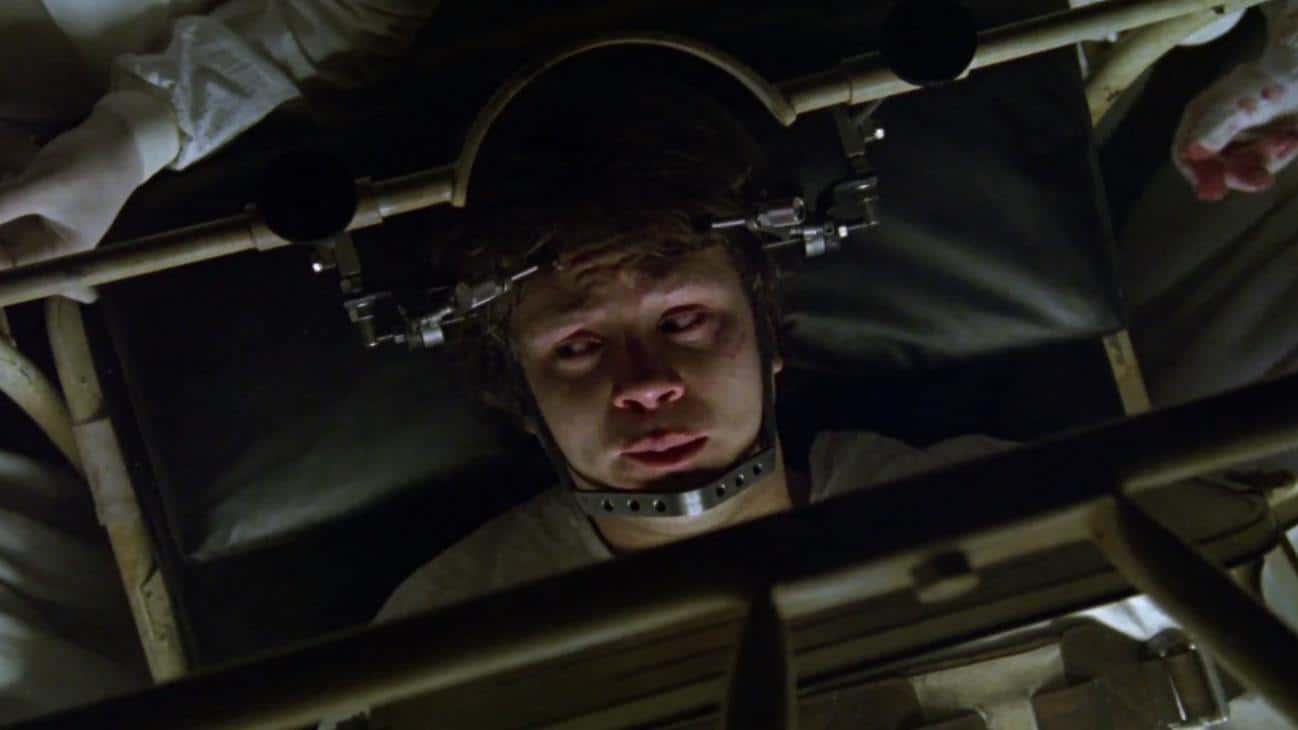
The film is considered one of the most disturbing and frightening psychological horror films to this day. However, there’s nothing fictional about what survivors of post-traumatic stress disorder (PTSD) endure on a daily basis. The terrible sights and frightening imagery seen in Jacob’s hallucinations are not much different from what real people with PTSD endure. Symptoms of PTSD include disturbing thoughts and dreams, as well as mental and physical distress to cues related to trauma (triggers). People with PTSD are at a high risk for homelessness and suicide. Jacob’s Ladderwas very accurate in showing how scary the life of a PTSD sufferer can be.
11. THE FISHER KING (1991)
Parry appears to suffer from a mental disturbance similar to PTSD and schizophrenia, and is obsessed with his mission to find the Holy Grail. Jack seeks to redeem himself by helping Parry, but it doesn’t go as planned and Parry goes into a catatonic state after being haunted by a bad hallucination and beat up by thugs. Eventually, it takes Jack engaging in Parry’s beliefs in the Holy Grail to help him come out of his numb state.
10. WHAT’S EATING GILBERT GRAPE (1993)
The mother, Bonnie (Darlene Cates), is an interesting character who suffers from an eating disorder and what appears to be severe depression. After experiencing the trauma of her husband committing suicide in their basement, Bonnie becomes reclusive and spends most of her time binge eating and disassociating while watching television. As a result, she becomes very obese and cannot leave their home. Unfortunately, Bonnie dies in their home at the end of the film.
Severe depression and eating disorders still remain a taboo, misunderstood subject, even though awareness of the illnesses are becoming more mainstream. The town in What’s Eating Gilbert Grape offered no sympathy to the Grape family and often mocked them. This deeply dangerous misunderstanding and mistreatment of mentally ill people contributed to Bonnie’s increasingly unhealthy state. Supportive friends and family can make a big difference.
9. SHUTTER ISLAND (2010)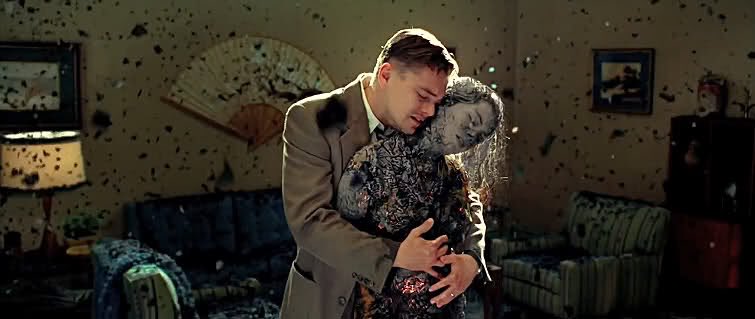
The film starts out as a typical noir drama and eventually goes down twists and turns that lead to the discovery that Teddy is actually a man named Andrew Laeddis, a man who murdered his wife, who had bipolar disorder, after she drowned their children. He was admitted to the mental hospital shortly after, and his experience as a U.S. Marshall was allowed by the doctors as a form of role play therapy.
Some people debate whether or not Andrew was actually suffering from a mental illness, but the setting of Shutter Island showed exactly how badly people suffering from mental illnesses were treated in the fifties (and much later). The poor conditions of the mental facility and eventual lobotomization of Andrew gave us a dark look into how inhumane mental health facilities were not too long ago.
8. A STREETCAR NAMED DESIRE (1951)
Blanche dislikes Stanley’s loud, scruffy demeanor. Blanche suffers from some sort of anxiety disorder stemming from the death of her husband and is unable to work. After Stanley starts abusing Stella, Blanche pleads with her sister to leave him, but she doesn’t. In the following months Blanche is on the verge of a nervous breakdown and it is revealed that she was fired from her previous job for her unstable behavior and for having sex with a minor. After the man who Blanche has been interested in finds out the truth, he leaves her. Blanche loses control and confronts Stanley for telling her admirer about her past, which ends in a violent struggle and sexual assault. Blanche is then committed to a mental ward.
This classic film points out the gross mistreatment of mentally ill women.
7. LITTLE MISS SUNSHINE (2006)
Olive’s uncle Frank temporarily lives with the family after attempting suicide. It is revealed that Frank’s desire to kill himself stemmed from his ex-boyfriend leaving him for a rival scholar. Despite his clear depression, Frank is a profoundly intelligent, clever, and funny character. One of his best lines is: “If you sleep until you’re 18, think of the suffering you’re gonna miss. High school — those are your prime suffering years.”
Frank was refreshing to see in the film because little focus was put on his suicidal past. It was not constantly brought up, it didn’t define him entirely, and he doesn’t magically “recover” from his depression after going on the road trip. Frank was clearly still suffering from depression through the film, but was making attempts to keep going with his life despite his mental illness.
6. SILVER LININGS PLAYBOOK (2012)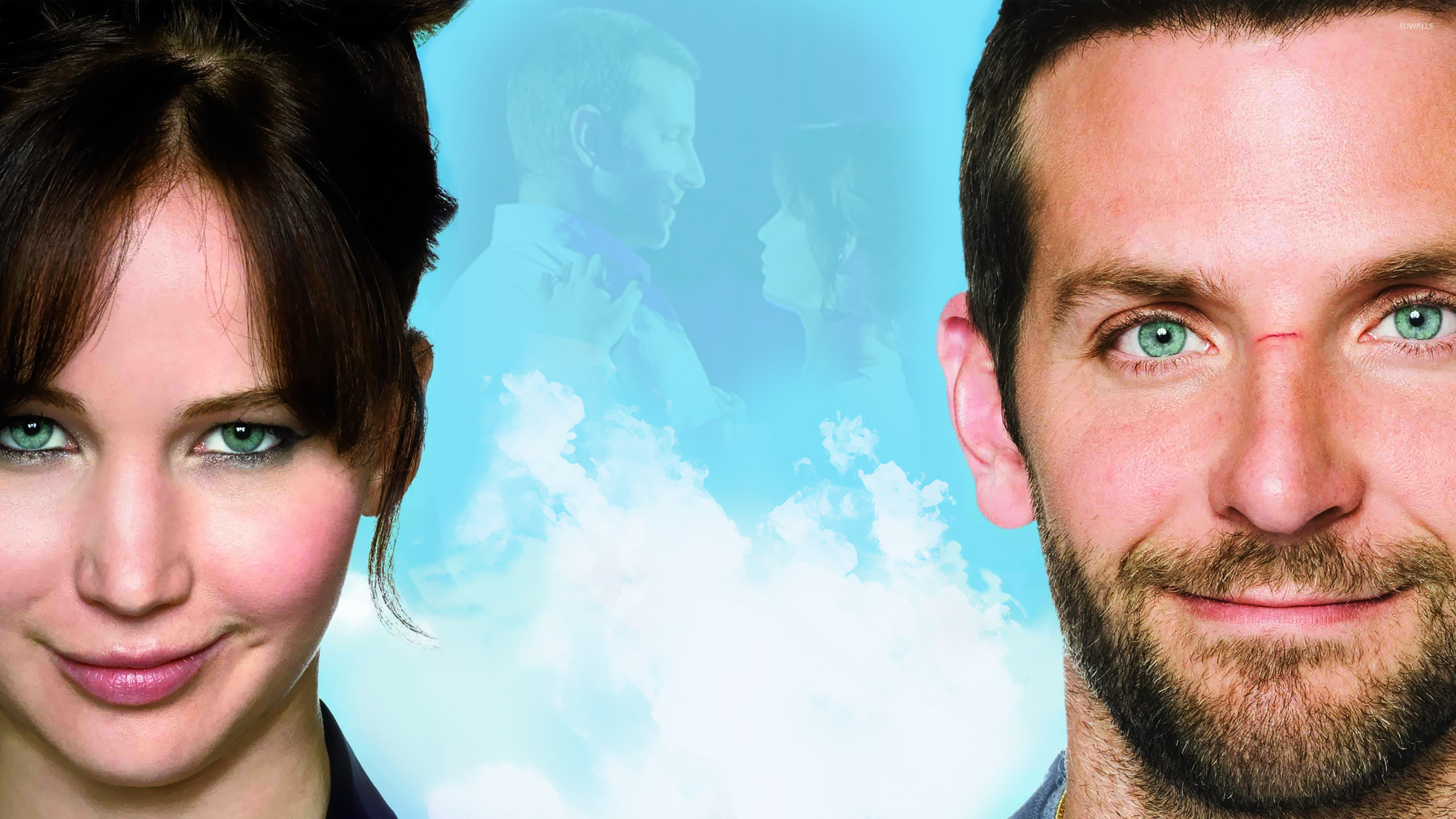
In the film, Pat (Cooper) is a man with bipolar disorder who returns to his parents’ home after being released from a psychiatric hospital. Pat’s wife leaves him after Pat mercilessly beats the man she was cheating on him with, and he seeks to get her back with the help of the widow Tiffany (Lawrence), who is suffering after the loss of her husband.
While Pat may not be the most common or correct representation of someone living with bipolar disorder, the film was a funny and cute representation of someone dealing with mental illness and the people who love him. It was an interesting and engaging film where two people, one suffering from a mental illness and the other dealing with grief, became something great and very entertaining.
5. ONE FLEW OVER THE CUCKOO’S NEST (1975)
The film follows the story of Mac (Nicholson), a criminal who hates authority. Mac does not seem to actually suffer from a mental illness, and neither do several other characters in the psychiatric institution he has been committed to. The themes of the film included the gross mistreatment of psychiatric patients in the sixties and the criminalization and ostracization of free-thinking, anti-authoritative people. The film features characters who suffer from anxiety disorders, epilepsy, deafness, muteness, and other diagnoses.
4. MEMENTO (2000)
Memento is relentlessly confusing and entertaining at the same time. However, the reality of anterograde amnesia is far from amusing. The effects of anterograde amnesia affect lots of people today and it can be caused by many types of drugs and brain injuries. Unlike retrograde amnesia, the condition in which one cannot recall their pas, those who suffer from anterograde amnesia rarely recover.
3. FIGHT CLUB (1999)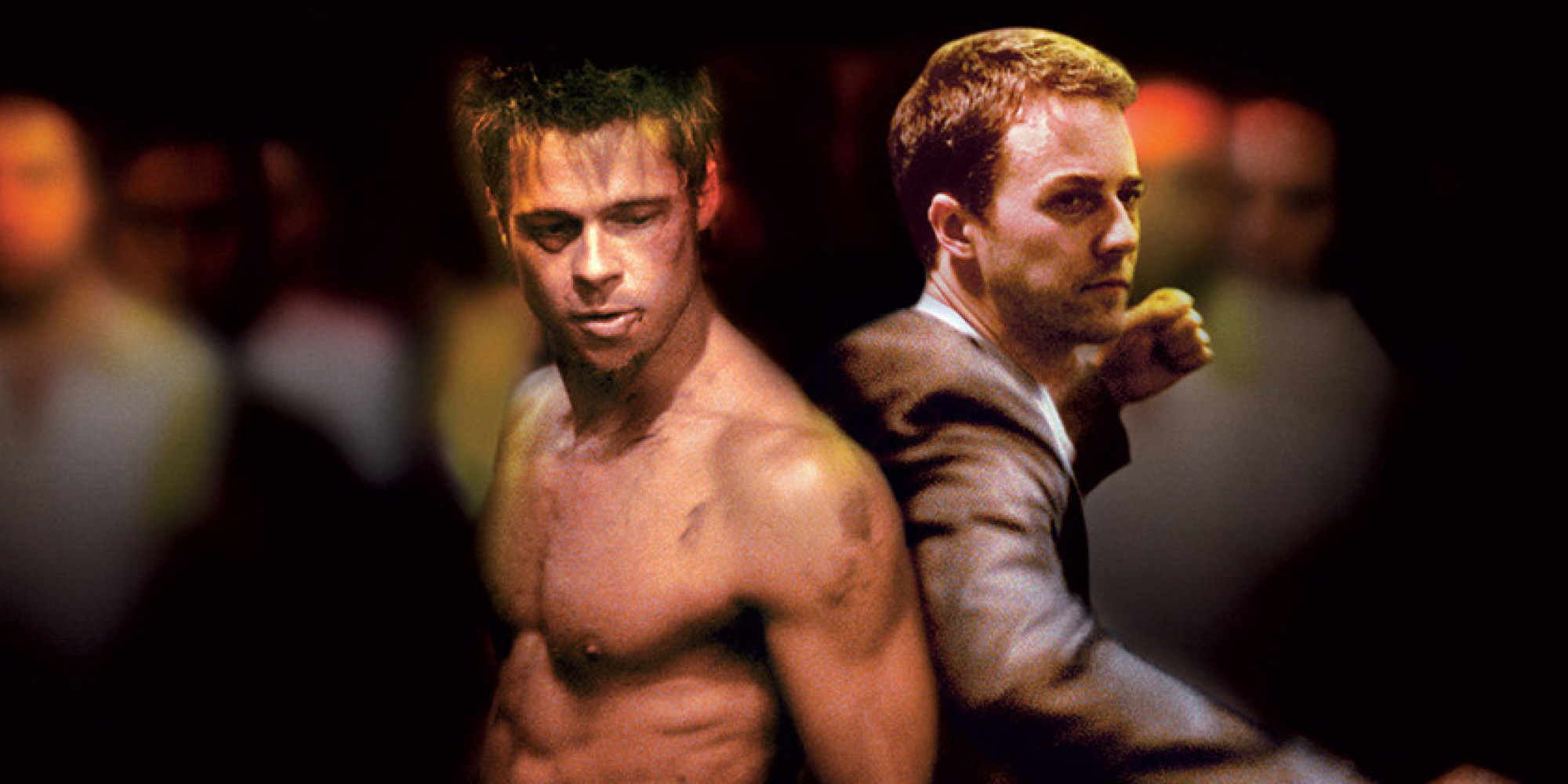
There are many themes to the film, but the narrator’s assumed dissociative identity disorder (formerly called “multiple personality disorder”) is a big part of the film. The narrator is deeply unhappy with his life and job, and unconsciously becomes Tyler to compensate for his perceived lack of masculinity and power. While this concept is interesting, it is far from the common reality of people who suffer from dissociative identity disorder. Many people with this mental illness suffer from it due to abuse, developmental trauma, hypnosis, or develop the illness through unknown reasons.
While the narrator’s condition is fantastical in the film, it is an accurate portrayal of how legitimate and often times intense dissociative identity disorder can be.
2. SYNECDOCHE, NEW YORK (2008)
Caden is a successful director despite his personal life and ailments. His wife eventually leaves him, and Caden begins a massive artistic project with funds he received through a generous grant. This art project becomes a city-scale play with a huge cast and no audience that goes on for years and years. Caden’s mystery mental illness isn’t diagnosed in the film, but his tendencies to distort reality and his obsession with controlling his story and environment hint towards schizophrenia or obsessive compulsive disorder.
The film is an interesting piece of work. It eventually illustrates the idea that our identities are often defined by the perceptions of others rather than by the abstract perception we have of ourselves.
1. THE EFFECT OF GAMMA RAYS ON MAN-IN-THE-MOON MARIGOLDS (1972)
The film features the story of widow Beatrice and her daughters Ruth and Matilda as they try to adapt to a very different world than theirs. Beatrice is an abusive mother, while epileptic Ruth is unstable yet incredibly intelligent, and Matilda loves to engage in school projects and be with her many pets.
The theme of The Effect of Gamma Rays on Man-in-the-Moon Marigolds surrounds a science experiment of Matilda’s in which she shows that radium affects marigolds– some wither and die while others mutate into spectacular creations. This reflects the life of Matilda, who struggles with poverty and her family. However, there is also focus on Ruth, who suffers from epilepsy. It was also mentioned that Ruth went through psychiatric treatment at some point.
